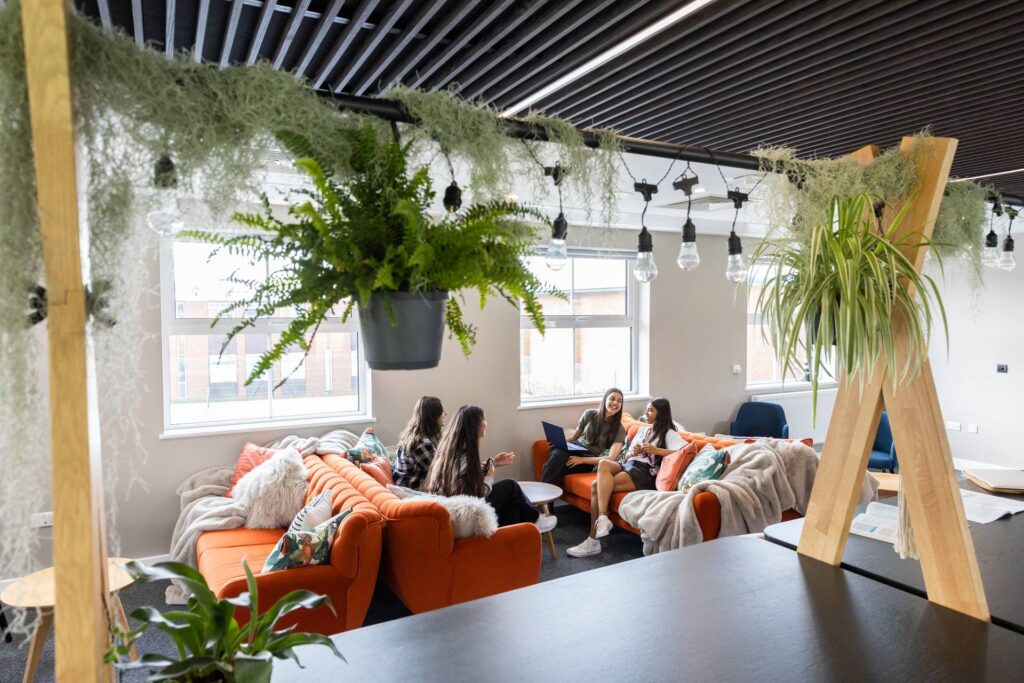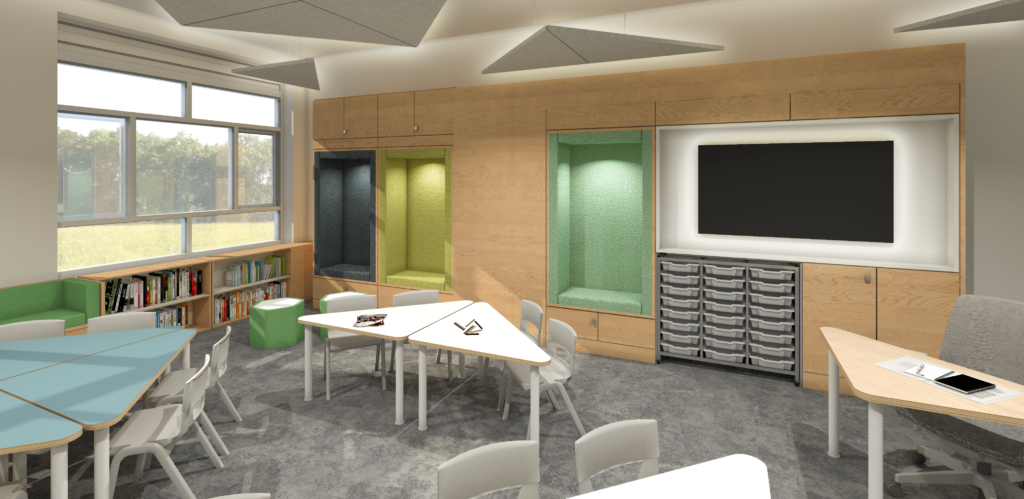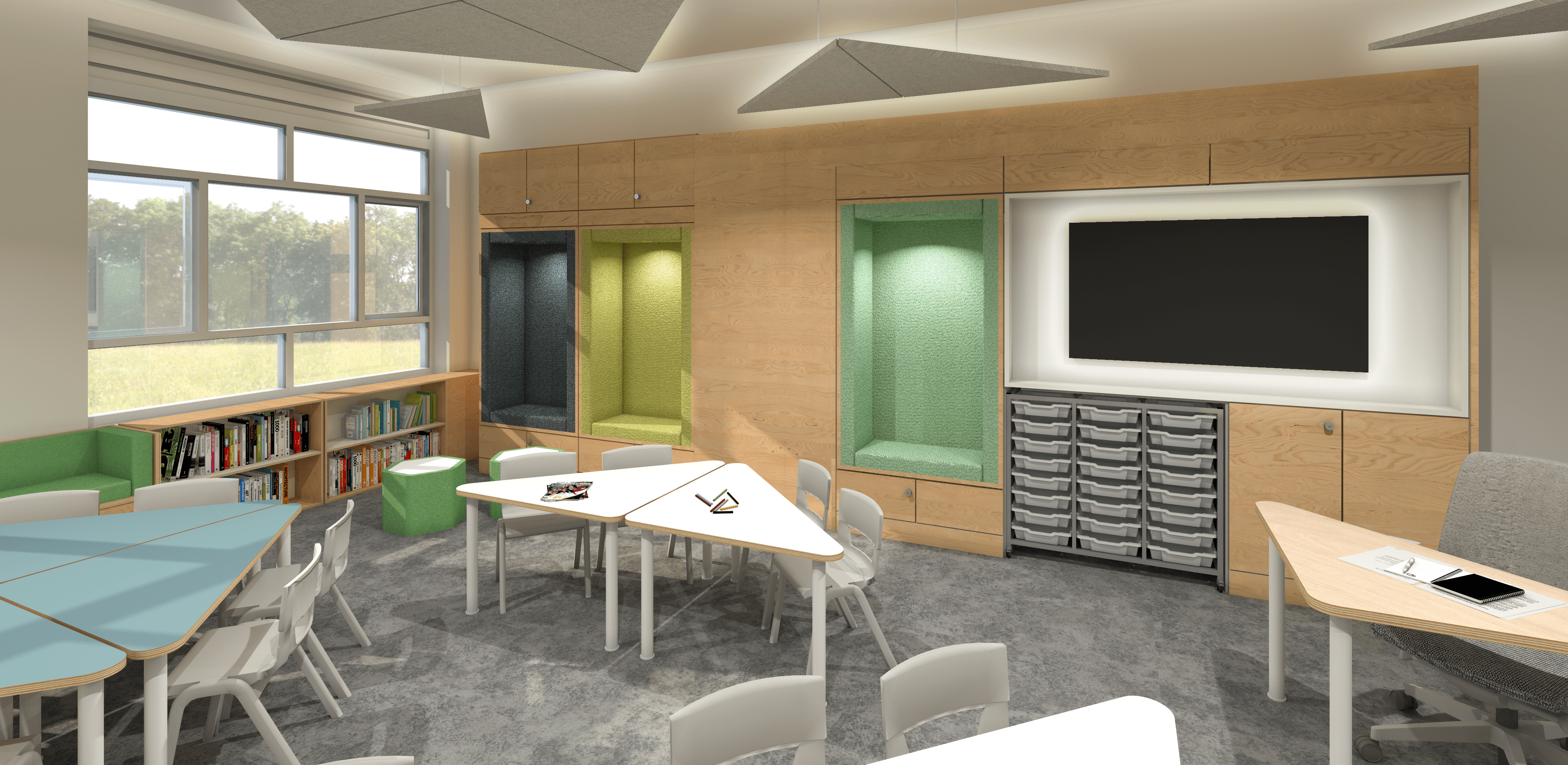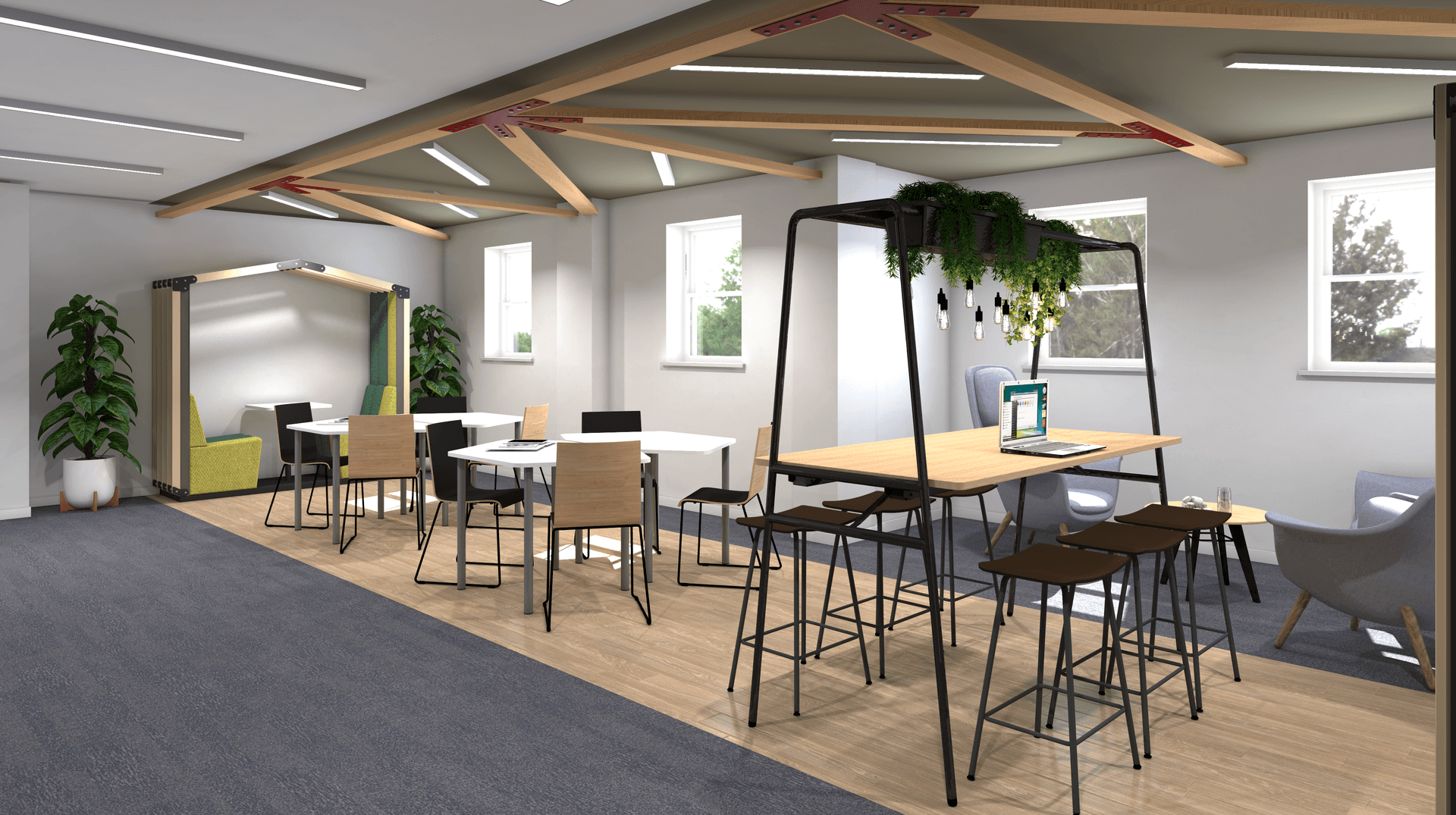The physical environment plays a crucial role in shaping learning experiences and outcomes in education. A well-designed learning space can foster collaboration, creativity, and engagement among students, ultimately enhancing the overall functionality of the classroom. From flexible layouts to innovative technologies, here are five design considerations for increasing classroom functionality.
1. Flexibility and Adaptability
One fundamental principle in designing practical learning spaces is flexibility. A flexible environment allows for seamless transitions between different learning modes, whether individual study, group collaboration, or whole-class instruction. Consider incorporating movable furniture, modular walls, and versatile storage solutions to adapt the space to varying teaching methodologies and student needs. Flexibility also enables educators to create dynamic learning experiences that cater to diverse learning styles and preferences, maximising engagement and participation.

2. Technology Integration
In today’s digital age, technology plays a vital role in education, offering endless possibilities for enhancing teaching and learning experiences. When designing learning spaces, it’s essential to integrate technology seamlessly into the environment, ensuring that it complements rather than detracts from the overall design aesthetic. This may involve installing interactive whiteboards, digital projectors, charging stations, and Wi-Fi connectivity to facilitate collaboration, research, and multimedia presentations. By embracing technology, educators can create innovative learning environments that prepare students for success in an increasingly digital world.

3. Comfort and Ergonomics
Comfortable and ergonomic design features are essential for creating a supportive learning environment where students can focus and thrive. Consider lighting, acoustics, temperature control, and seating options to promote physical comfort and well-being. Ergonomically designed furniture, such as adjustable chairs and standing desks, can help prevent fatigue and improve posture, while proper lighting and acoustics enhance concentration and reduce distractions. Educators can create learning spaces that optimise student engagement and productivity by prioritising comfort and ergonomics.

4. Collaborative Spaces
Effective learning occurs not only through individual study but also through collaboration and interaction with peers and educators. Designing collaborative learning spaces is essential for promoting critical thinking, communication, and teamwork skills. Consider incorporating flexible seating arrangements, designated group work areas, and interactive displays to encourage collaboration and facilitate active learning. By creating opportunities for students to engage with each other and with course content, educators can enhance the functionality of the learning space and foster a sense of community and belonging.
5. Modular Furniture Arrangements
Embracing modular furniture arrangements allows for quick and easy reconfiguration of the classroom layout to accommodate different activities and group sizes. Flexible seating options such as movable desks, chairs, and tables empower students to choose their preferred learning environment, whether individual workstations, small group clusters, or a large collaborative setting. Educators can facilitate seamless transitions between instructional modes by providing versatile furniture arrangements and promoting student autonomy in selecting their learning space.

Conclusion
In summary, designing effective learning spaces involves prioritising flexibility, technology integration, comfort, collaboration, and modular furniture arrangements. By emphasising these elements, educators can enhance classroom functionality, fostering engagement, creativity, and academic success. Thoughtful planning and implementation are crucial for transforming traditional classrooms into dynamic environments.
Got a project in mind?
Keep on Reading

5 Ways To Tailor Teaching Walls and Optimise Learning Spaces
Teaching walls are an efficient storage solution and a great way to increase classroom capacity. What’s more, there are tailoring options to suit the needs of any classroom. Large or small, prep school or senior school, science or music—teaching walls suit all learning spaces. How exactly can they be tailored to suit different needs? Let’s

5 Reasons Why Every Classroom Needs Teaching Walls
In the dynamic landscape of education, where innovation meets efficiency, introducing teaching walls revolutionises classroom dynamics. These versatile structures are more than just storage solutions; they are adaptable, multifunctional assets that streamline the organisation, enhance accessibility and foster interactive learning experiences. Here are five reasons why every classroom would benefit from installing teaching walls: 1.

5 Ways Design Can Increase Classroom Functionality
The physical environment plays a crucial role in shaping learning experiences and outcomes in education. A well-designed learning space can foster collaboration, creativity, and engagement among students, ultimately enhancing the overall functionality of the classroom. From flexible layouts to innovative technologies, here are five design considerations for increasing classroom functionality. 1. Flexibility and Adaptability One


